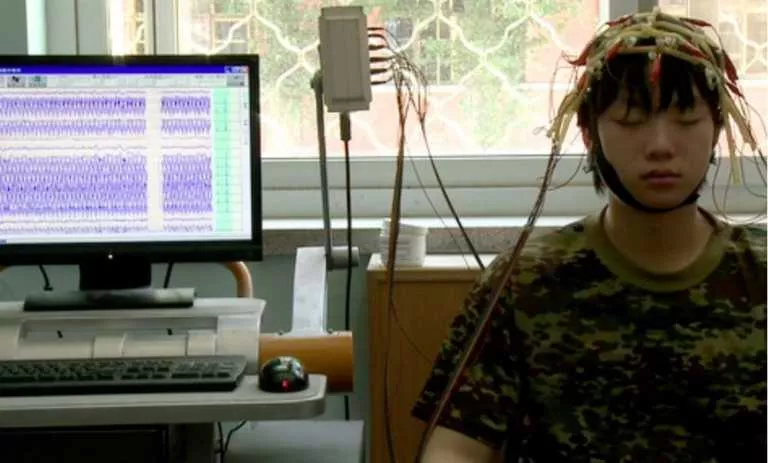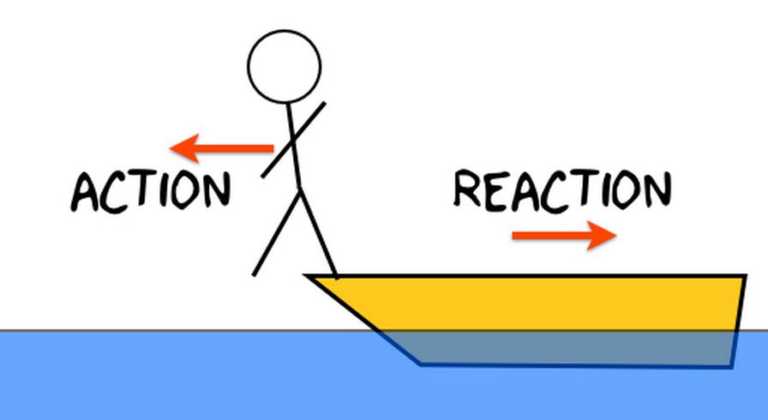Successful People Have Better Brains, Shows Study

 Short Bytes: Scientists have figured out that there is a relation between brain’s neural connections and our behaviour traits. It means that we can assume that more successful people have better brains.
Short Bytes: Scientists have figured out that there is a relation between brain’s neural connections and our behaviour traits. It means that we can assume that more successful people have better brains.
Next time, you don’t need to feel like a criminal when your parents compare your results with Sharmaji’s son in the neighbourhood. In fact, you can confidently say that he has a different brain. All credit goes to a study done by some scientific minds at the Oxford University.
Scientists have figured out that brains of those people who live positive lifestyle are better connected than those who live a negative lifestyle and with negative behaviour traits. They did some brain scans and realized that positive traits like better education, high salary, strong memory, mental peace led to the fact that their brains were more connected than those people who negative traits like drinking, smoking, anger, sleep disorders.
The study was conducted by Centre for Functional MRi of the Brain, Oxford University, under the guidance of Professor Stephen Smith. While talking to Steve Conner from The Independent, Smith explained the very basic methodology they implemented in their study:
The research team used the data from the Human Connectome Project, here on HCP, which is a collection of brain imaging data of around 1200 people published in 2010. The goal of HCP is to find out how closely the different regions of the brain connected when it is on stand-by mode.
The data for 461 of those 1200 people, aged between 22 to 35, has been released by HCP. Smith’s team analyzed their brain connections and compared the results with 280 behavioural and demographic measures like age, social status, financial status, drug addiction, etc.
At a press release, Smith said:
Smith and his team elaborated how they were able to map the brain of individual subjects and come up with personalized ‘Connectomes’. These Connectomes depict the neural connections between 200 different areas of the brain. These Connectomes are used to measure how closely these regions are connected and how efficient is the communication between them, keeping in mind, the amount nerve signalling going on in those regions.
Also Read: Scientists Perform Brain Hacking: Pictures and Videos Inside Your Brain On PC
Proceeding further, Smith’s team did some serious maths calculations, way more than geeks can imagine, on the individual data of 280 behavioural and demographic traits. It is basically a Canonical Correlation Analysis(Google it), which involves identifying relationships between two large sets of complex variables.
They concluded, the people who were more positively oriented in their lives, had almost same characteristics and their different brain regions has a more close relationship than the ones who were negatively oriented in their lives.
Also Read: Your Brain Is 30 Times Faster Than The Best Supercomputers
In a general opinion, it isn’t wise to comment on the correlation between the brain’s neural network and human physical & behaviour traits at this point of time, as considerable research is yet to be done in this field. However, such studies will benefit and support the outcomes of any future studies involving human brain. But till then, at least we can give some sympathy to our lazy lives.
Whatch this video and improve your understanding about Human Connectomes:
[adinserter block=”12″][adinserter block=”13″]





